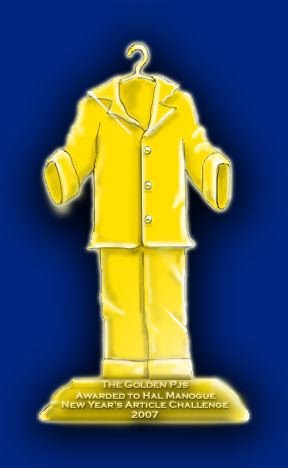Cogito, ergo sum
René Descartes, the 17th-century French philosopher, wrote those words in his 1637 work, Discourse on the Method. Descartes knew there was something about thought that created who he was, and why he was experiencing all the people, places, and things that made his world unique within his time-space, social structure. René played with ideas and bounced thoughts off of those ideas, and that psychic thought structure helped him get to the point of understanding that humans become their thoughts. That’s a tough pill to swallow for people who believe their thoughts don’t impact their reality.
We have all kinds of thoughts, and they are usually dipped in an emotional dressing. Our perceptions only pay attention to the thoughts with the most emotional dressing, and the thoughts that are in sync with our core beliefs. But those other thoughts? You know. The thoughts we thought we didn’t use are still pulsating in a psychic structure somewhere in our reality. We forget that our psychic structure is the epicenter of all things psychic. And it is the foundation of our reality. That foundation has the bricks of all of our thoughts in its DNA.
The notion that thoughts are living cells that leave the body just like a sperm cell looking for an egg, is not something the medical profession likes to talk about. There is no factual scientific evidence to support the claim thoughts form psychic structures once they disappear into the psychic air. But all thoughts have energy and energy never dies. Psychic energy rearranges itself. So it doesn’t take a scientific paper or an article in the American Medical Journal to realize our internal cells form organs, and our core thoughts and beliefs form invisible psychic structures. And those structures form what we experience.
Groups of similar thoughts bond together, and the electromagnetic energy within them physically manifests in some way. Just like our body cells, thought cells have an electromagnetic energy within them. We all know what electromagnetic energy can do in a hurricane. Our thoughts have that same kind of energy.
Descartes knew he was creating the experiences he perceived through his thoughts. But his perception of his thoughts, like ours, has limitations. We fail to understand or accept the fact we create what we experience consciously as well as subconsciously. The conscious thoughts are the easy ones to identify. But the unconscious part of us doesn’t abide by the same rules. So our conscious mind builds a Trumpian psychic wall, and it divides one part of us from another.
René explained the basics of who we are four centuries ago. Philosophers and researchers have expanded, enhanced, and embellished his definition of who we are ever since then. Everyone builds a definition of who they are with their thoughts and ideas, and with the thoughts of people around them.
But I like to think this way:
I’m an attribute of consciousness who dwells consciously in an ever-changing physical body. That body represents the conscious part of me. The unconscious part of me can leave my body and interact with personalities and situations that are physical as well as non-physical. My unconscious self is the catalyst that awakens my inner ability to use more than my five senses to sense the awakening in each moment of awareness. I also like to think I am here to experience, and physically feel, the actualization of my personal thoughts as well as the thoughts that are dipped in that mass emotional dressing. The emotional dressing that is over-salted with the holy shaker of religious capitalism.
Sunday, June 3, 2018
Subscribe to:
Posts (Atom)










